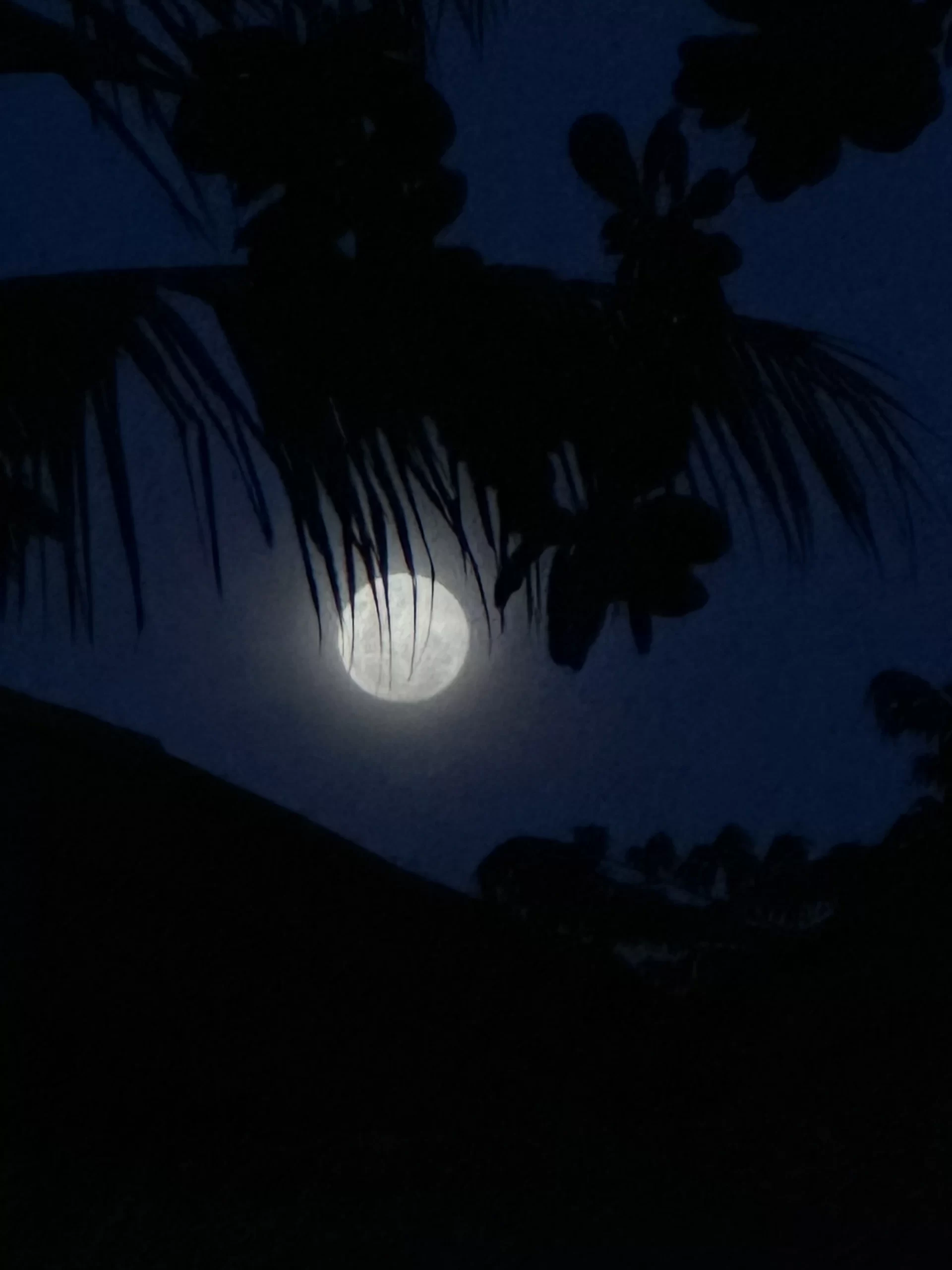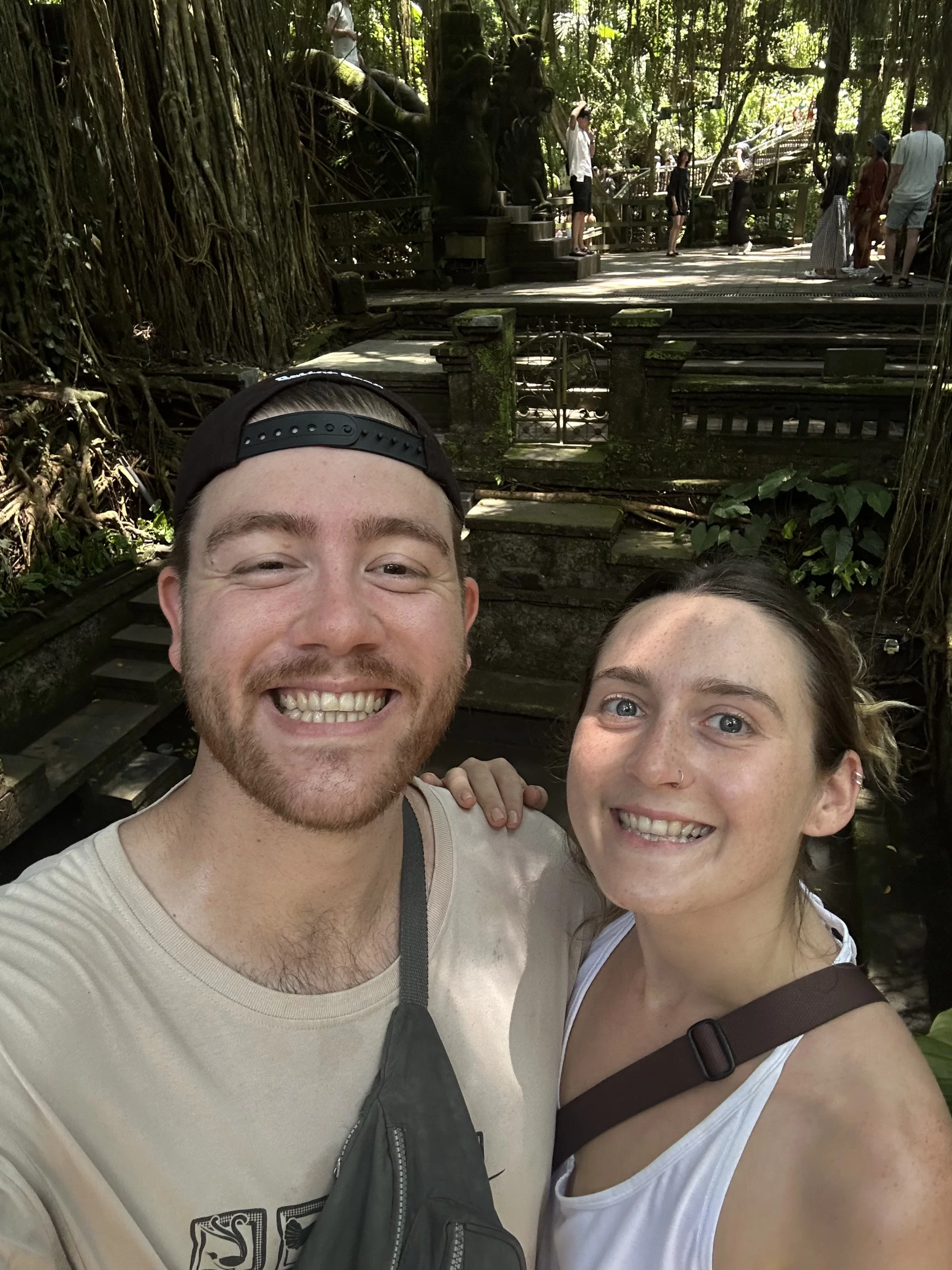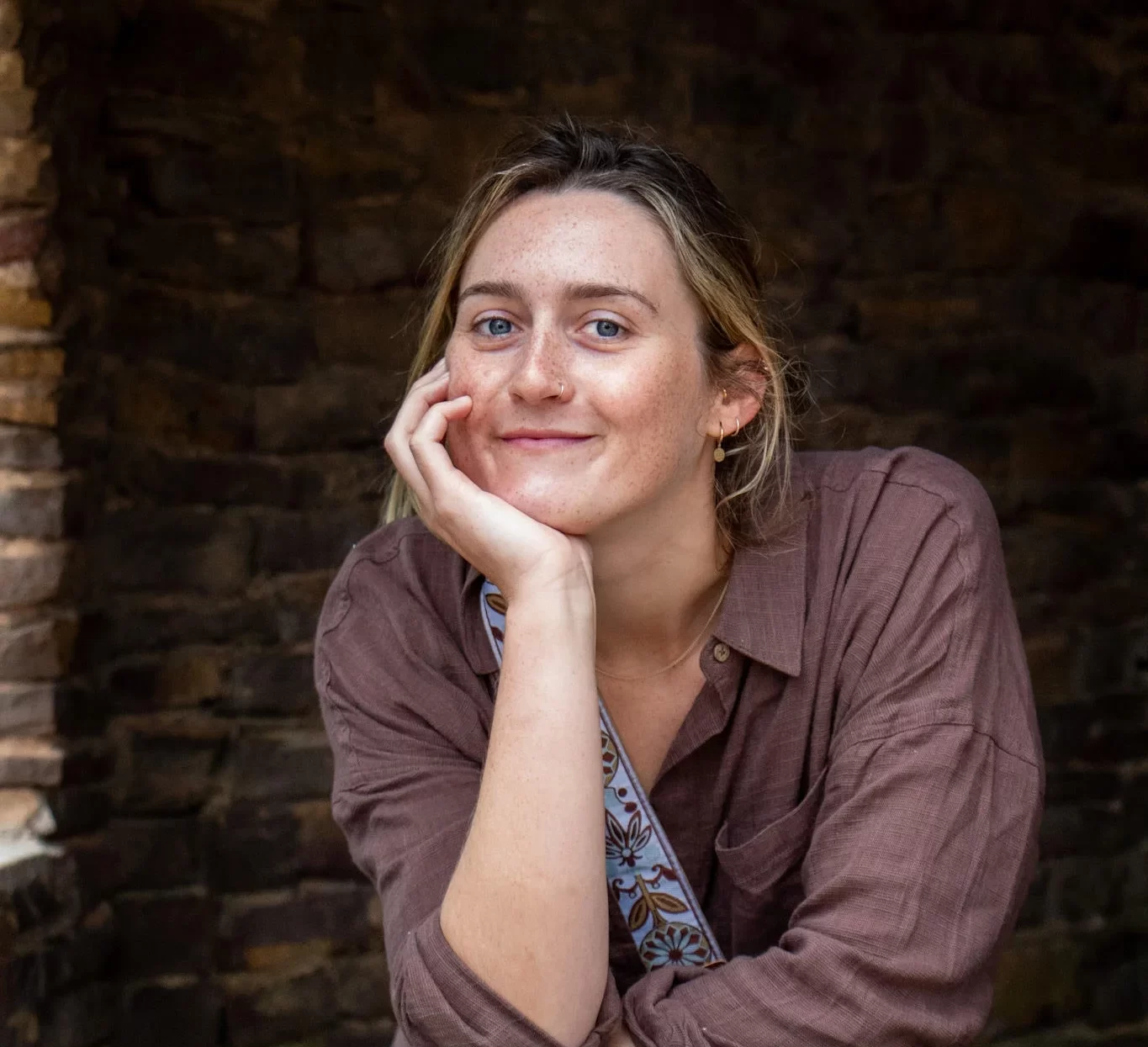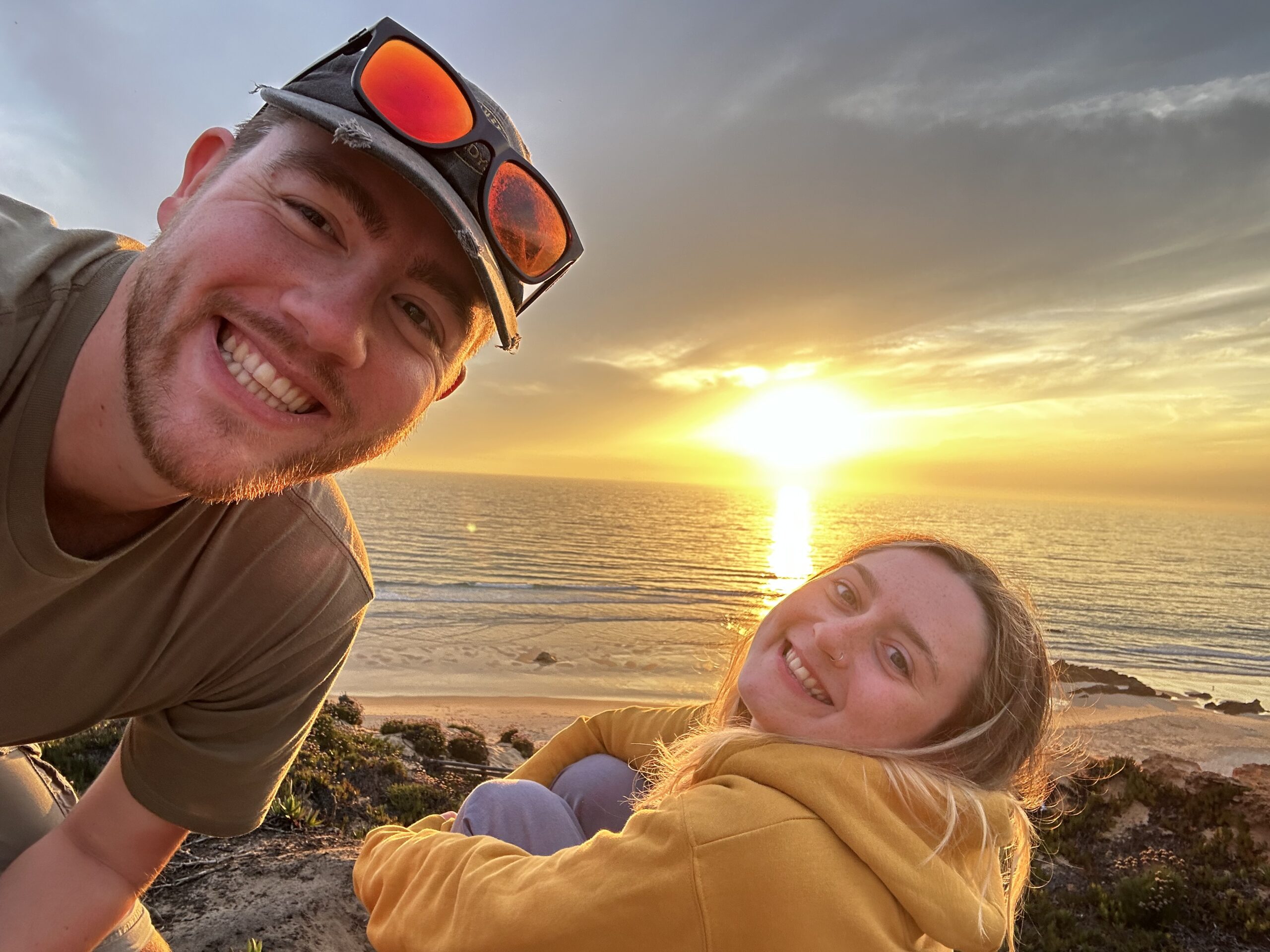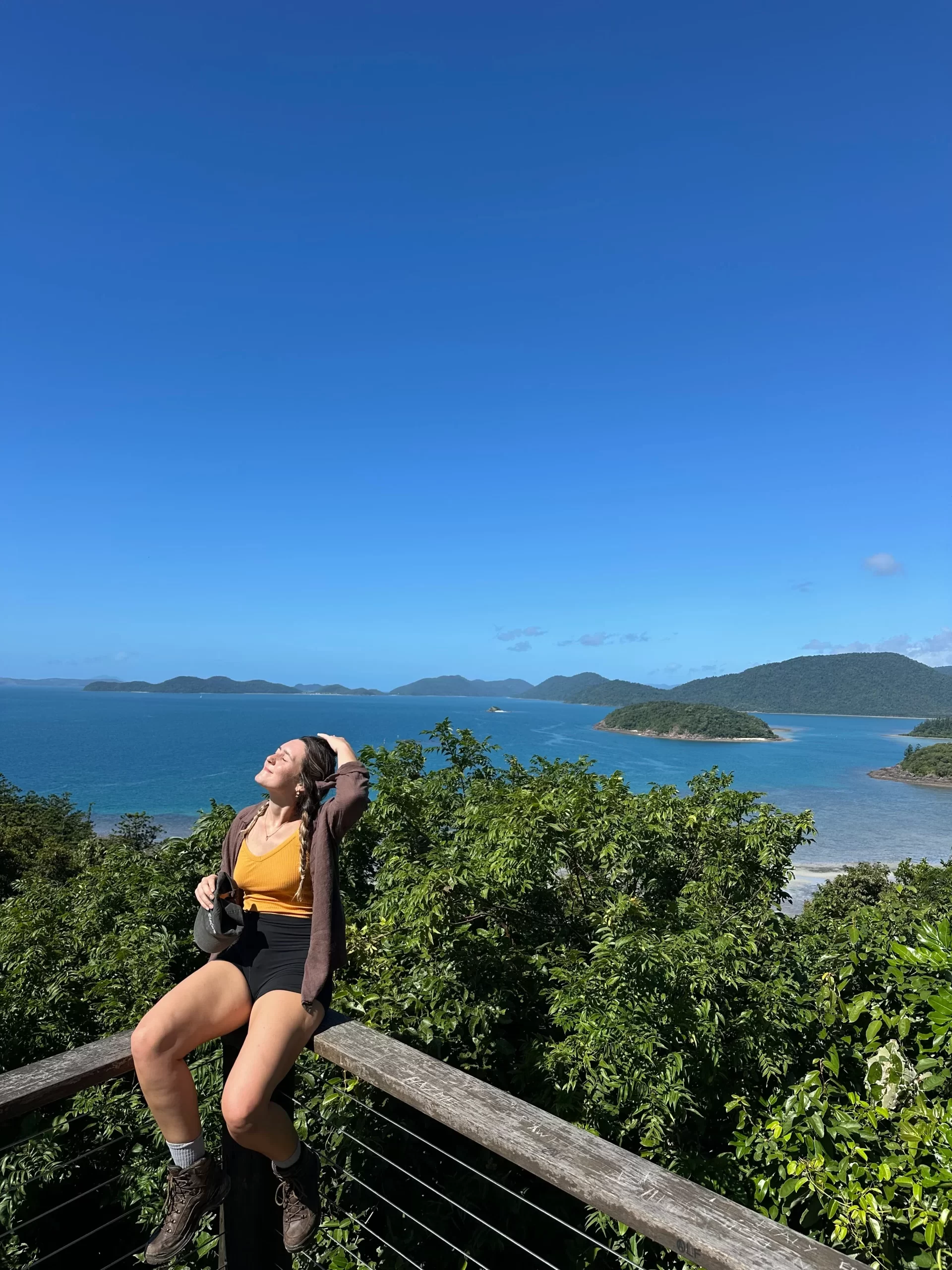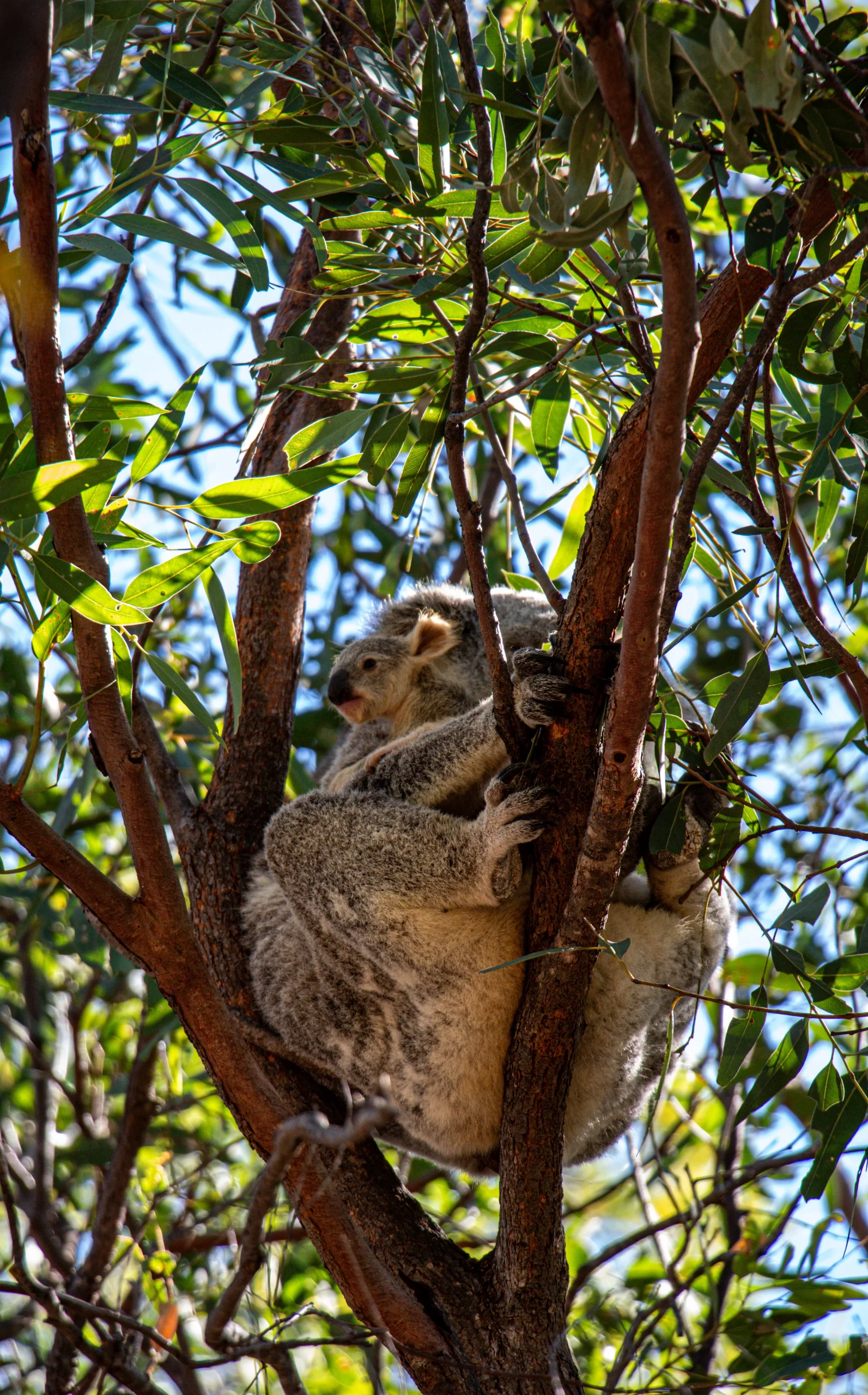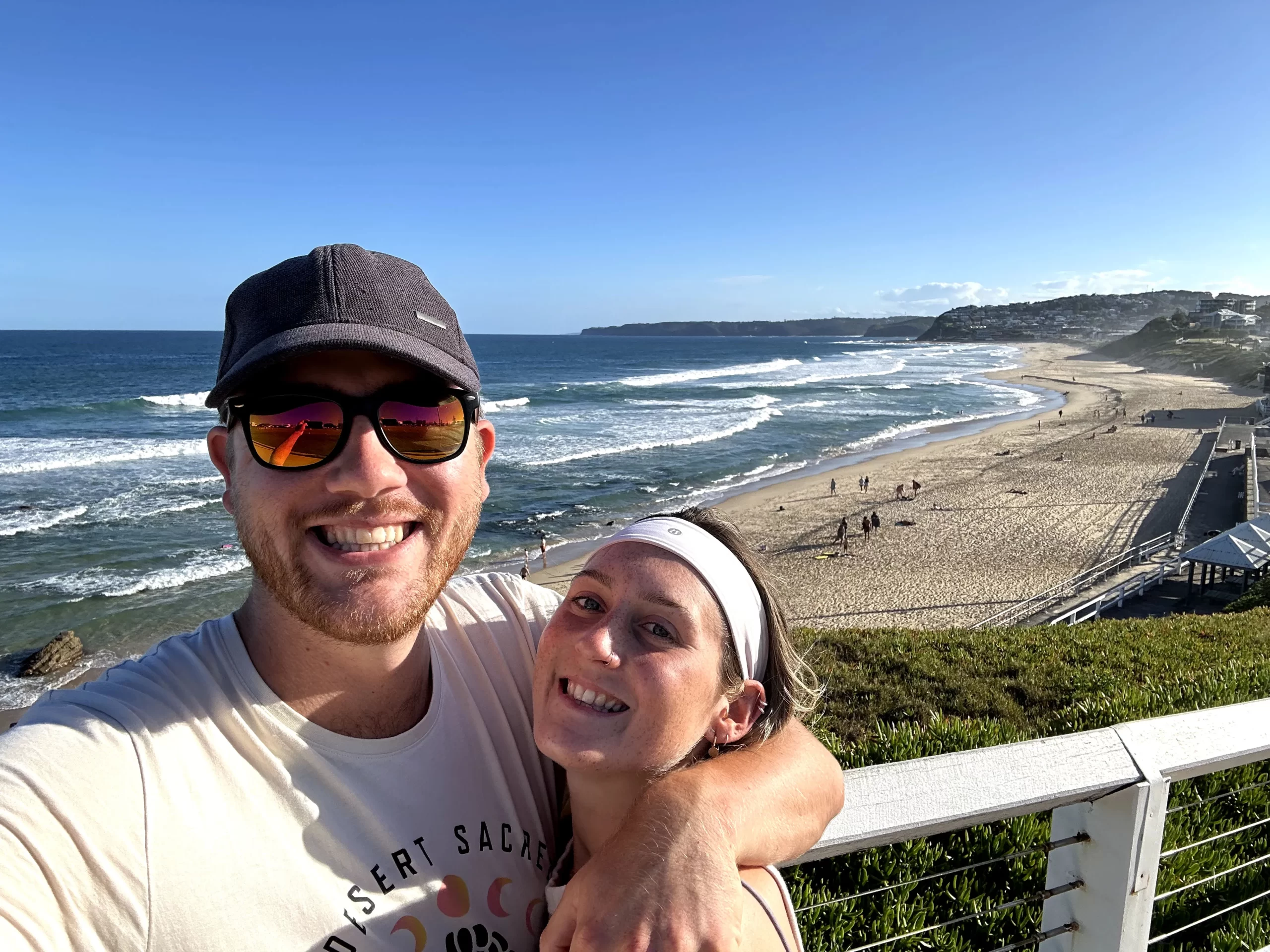In the whirlwind that was these past 30 days, we’ve whisked around Thailand from its South to the North. We visited the more well known places such as Krabi, Khoa Lak, Bangkok and Chiang Mai, and also the lesser known places such as Khao Sok, Kanchanaburi, Khiri Khan and Chiang Rai. Out of all these stops, here were our favourite memories in Thailand!
The Natural
Something that I get wrong time and time again when it comes to travel is carving out time to spend in nature. It’s so simple to arrive at the airport remaining within that city to explore. Of course, it’s the easiest way to travel. Cities are better connected to other cities. They are more well known, with more tourist attractions and more information online than lesser known or remote locations.
Thankfully, we did end up doing a few nature-oriented things in Thailand and honestly, they were my favourite, most memorable days.
Meeting Som-Boon
Som-Boom is an elderly lady. I approached Som-boon, in her 66th year, with the utmost respect and awe that she deserves, and extended my offering to her. Without hesitation, Som-Boon retrieved the offering with her long, dangly trunk and popped the banana, skin and all into her mouth.
Yes, Som-Boon is the first Elephant I interacted with when we visited the Khao Lak Elephant Sanctuary. An ethical sanctuary that rescues worker elephants. The sanctuary does not allow people to ride or bathe with them, but offers an unforgettable experience without the heavy guilt of exploiting these majestic animals.
Taking Chom-poo out for a walk
We found this sanctuary after looking for a genuine ethical elephant sanctuary (many are labeled or called ‘ethical’ but there is no governing body to verify their ‘ethics’ so research must be taken seriously).
It was driving distance from our hotel and it had amazing reviews. The sanctuary did not allow elephant rides, nor allowed tourists to ‘bath’ the elephants. This is because it is a time for the elephant to relax and enjoy and close human contact would disrupt them and potentially make them nervous.
These rules along with the excellent reviews led us to booking a half day at Khao Lak Elephant Sanctuary. Our activity involved feeding the elephants a basket of bananas (Adult elephants will eat around 150-170kg of food, per day). We then followed the elephant and watched it have a bath. Like I said previously, we weren’t allowed to get into the water next to the elephant but I did get to throw some water on Som-Boom while we had a bath from about 6-10 feet away, still an epic experience by the way.




Elephant supplements
After the bath we met Chom-poo and his best mate Darlie, and followed them on their walk in the surrounding forest. We fed these guys more bananas and managed to capture some epic moments with them.
Then we returned and made some elephant supplements by mixing salt, tamarind, pumpkin, rice and banana together and smushing it back into banana skins (to fool them into thinking it was a banana and not their vitamins!). Luckily we were allowed to stay to watch Chom-poo and Darlie have a bath together too.
This experience was incredible. It’s a pure delight to be able to see these magnificent creatures be treated with care and respect after being taken out of the wild and exploited. I would 100% recommend this to anyone travelling to Thailand (but do try and make sure they’re ethical when you get there).
Floating Bungalow
From Khao Lak we travelled to Khao Sok. Khao Sok is nestled in the middle of national parks and limestone landscapes. With only one road populated with hostels, hotels, restaurants and shops, it was a refreshing quiet to the busy bustle of southern Thailand’s tourism.
At the end of the road is a national park that we visited to do a lovely (but sweaty) walk through nature. The park also has waterfalls and features the world’s largest flower, the Rafflesia arnoldi, or the ‘stinking corpse lily’. A rarity we didn’t venture to witness due to the long hike involved.
The real reason we were pulled into this lesser known area in Thailand was the once-in-a-lifetime opportunity to sleep on a floating bungalow. We arranged a tour with our hostel and two nights later they took us to Cheow Lan lake to start the tour.
This lake is man-made and is used for its hydropower in southern Thailand. In the making of Cheow Lan lake, 5 villages were sacrificed, along with their schools, temples and houses, which remain at the bottom of the lake. Another unfortunate consequence of this lake was the loss of many animals and wildlife. While Thailand attempted their largest animal rescue operation, it mainly failed due to stress of the animals causing them to die during transit.
However, there is still plenty of wildlife to see around the lake, and on the boat safaris we took, we were lucky enough to see a wild elephant, a bison, a toucan and a Dusky Langur. The tour included two boat safaris, one shortly after we arrived to our bungalows, and another early the next morning.
Staying on the bungalow felt like a slice of the incredible world we live in. We could wake up and jump straight into the lake right outside our door, watch the sunrise over the limestone rocks in the distance, and see the stars come alive at night. It wasn’t cheap, but we certainly don’t regret making it one of our favourite travel moments.





Thai people
Another highlight for us was the calm and warm nature of Thai people. The respect between individuals is palpable and their customs display it openly.
For example, when walking between two people it is customary to bow one’s head. Another example is in their thanks. When thanking someone, it’s customary to close the palms together in front of the chest and bow your head.
In the whole month of travelling Thailand we only found one person to be quite rude. We were getting on a bus to what we thought was a train station, but turned out to be the town centre and a woman yelled ‘TICKET’ at Ben when she was trying to figure out where we were being dropped off. Given the amount of people we encountered, this clearly seems to be a rarity.
Most of the time, Thai people are honest, accommodating and helpful. The language is also an amusing one to listen to. It is polite to end a sentence with ‘ka’ (if a woman is speaking and ‘kap’ if a man is speaking) and the word for thank you is ‘kapunka’ for a women and ‘kapkunkap’ for a man. So many conversations between Thai’s sound like ‘kaaa’ something something ‘kaaaaa’ something ‘kaa’.
We learned the words for ‘thank you’, ‘hello’ and ‘one, two, three’, so we could order at markets. I’m not sure if we were just being humoured but a few times we were asked ‘oh you speak thai?’. Unfortunately not, but we’re happy to be able to communicate at least a little with the locals in their own language. We were flattered to even have that question directed at us!
The historical insights
As we were travelling south to north, we took the opportunity to visit Kanchanaburi. Home of the River Kwai bridge. Fun fact time, the famous bridge wasn’t originally built over the river kwai. The author of the famous book “The Bridge over the River Kwai” had never been to Thailand, and although the infamous track runs beside the river Kwai, it had actually crossed over Mae Klong river. After the book and movie were published many people went to Thailand looking for the bridge over the river Kwai, but such a bridge didn’t exist. This led to Thailand renaming the Mae Klong to the river Khwae Yai (Big river) and the original river Kwai was renamed to Khwae Noi (little river). This was just one of the many things we learned while visiting Kanchanaburi.
The bridge was built as part of the 258 mile railway from Nong Pla Duk to Myanmar, by forced labour of allied soldiers from England, Netherlands, Australia and America as prisoners of war (PoW) by the Japanese, who viewed the railway as significant for their effort during world war two. While approximately 16,000 allied soldiers died due to the horrific conditions they were forced to endure in building the railway, they weren’t the only people subjected to the brutal treatment.
Around 90,000 south east asian civilians died building the bridges. While the PoW were organised into camps and had medical soldiers (even though equipment and supplies were mainly improvised from the surrounding bamboo), the civilians were disorganised, with no medical personnel, resulting in the stark death count among them.
We rode the still-functioning section of the railway from Nong Pla Duk to its functional end, Nam Tok. After Nam Tok the railway line does not function, but was cleared of overgrowth by the Australian government and maintained as a memorial site.
From Nam Tok, we went to the Hellfire Pass Memorial Museum and walked along the track to its most famous section; The Hellfire Pass. This section is a harrowing visual of the demands and expectations of all those building the bridge. It is the deepest and longest cutting through rock along the 258 mile railway line. Where mechanical tools were implemented but soon broke, resulting in the need to rely on hand tools and dynamite to shift the rock.
An eye-opening, short trip to the horrors of war, but an excellent learning opportunity for both Ben and I. The most moving and emotional part of the Memorial Museum for me was the recordings of PoW who worked on the railway talking about how nobody ever died alone along the railway. Everyone had their mate, and nobody left this world feeling alone because they were all there for each other. Brought tears to my eyes. Well, I guess I’ll have to read the book and watch the movie now!



Last but not least
Since this blog post already seems a little bit long, another one of my favourite moments was getting caught in the Songkran festival in Chiang Rai! Basically a giant waterfight in Thailand to celebrate their new year, which also marks the end of their dry season.
That’s all for now, thank you so much for reading this blog post! It’s been a fantastic journey so far that is slowly coming to it’s end. What a journey, but it’s not over yet! After Thailand we set off for Hanoi, Vietnam, read about our first impressions here!




